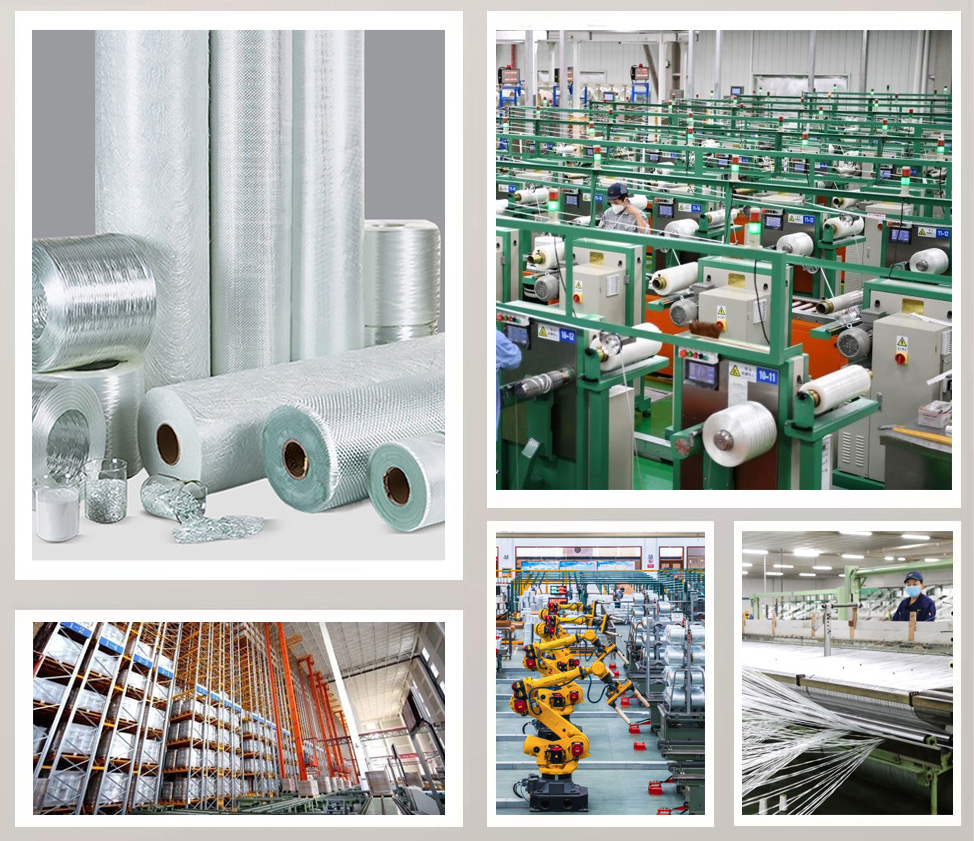Fiberglass insulation materials are widely used in construction, electrical equipment, and industrial applications due to their excellent thermal insulation, high-temperature resistance, and cost-effectiveness. However, their potential safety risks must not be overlooked. This article synthesizes industry research and practical experience to outline critical safety factors to consider when using fiberglass insulation, empowering users to mitigate risks effectively.
1. Health Protection: Preventing Fiber Exposure and Contact
- Respiratory and Skin Risks
Glass fibers, with diameters as small as a few micrometers, can generate dust during cutting or installation. Inhalation or skin contact may cause respiratory irritation, itching, or long-term health issues (e.g., silicosis). Operators should wear protective masks, goggles, and gloves, and ensure proper ventilation in workspaces. - Household Product Risks
Household items such as alloy chopsticks, toys, and curtains may contain fiberglass. Damaged products can release fibers, posing risks to children. Always verify material descriptions before purchase and avoid direct contact with compromised items.
2. Fire Safety: Flame Retardancy and Environmental Suitability
- Flame Retardant Properties
While fiberglass itself is non-combustible (requiring extremely high temperatures to ignite), surface contaminants like dust or grease may act as ignition sources. Opt for products with flame-retardant additives and prioritize materials certified by UL, CE, or other authoritative standards. - Smoke Emission and Heat Resistance
Excessive smoke during fires can hinder evacuation. Select low-smoke-emission products. Additionally, ensure structural stability under high temperatures to prevent insulation failure caused by softening or deformation.
3. Installation and Maintenance: Ensuring Long-Term Safety
- Standardized Installation Practices
Avoid excessive bending or mechanical damage during installation to maintain insulation integrity. For example, uneven fiber distribution or excessive porosity in high-voltage equipment may trigger partial discharges. - Routine Cleaning and Inspection
Contaminants like oil or chemicals on fiberglass surfaces can degrade insulation performance. Conduct regular cleaning and integrity checks, especially in humid or dusty environments.
4. Environmental Adaptability: Humidity and Long-Term Stability
- Limited Humidity Impact
Fiberglass does not absorb moisture, ensuring stable insulation performance in damp environments. However, address condensation or surface contamination promptly. - Aging Risks in Extreme Conditions
Prolonged exposure to UV radiation, extreme temperatures, or corrosive chemicals may accelerate material aging. For outdoor or industrial applications, use enhanced products with surface modifications (e.g., PVDF coatings).
5. Industry Standards and Certifications: Choosing Compliant Products
- Certification Requirements: Prioritize products certified by NSF/ANSI, UL, or IEC to ensure compliance with health and safety standards.
- Manufacturer Guidelines: Strictly follow installation and maintenance instructions to avoid operational risks.
Conclusion
Safe use of fiberglass insulation requires a holistic approach to health protection, fire safety, installation practices, and environmental adaptability. By selecting certified materials, adhering to operational guidelines, and conducting regular maintenance, users can maximize performance while minimizing risks. For detailed product certifications or technical specifications, visit [www.fiberglassfiber.com] or consult our professional advisory team.
Post time: Mar-10-2025






